Are killer robots now legal in San Francisco?
Officials vote to allow police to use remote-controlled devices with lethal capability in ‘extraordinary circumstances’
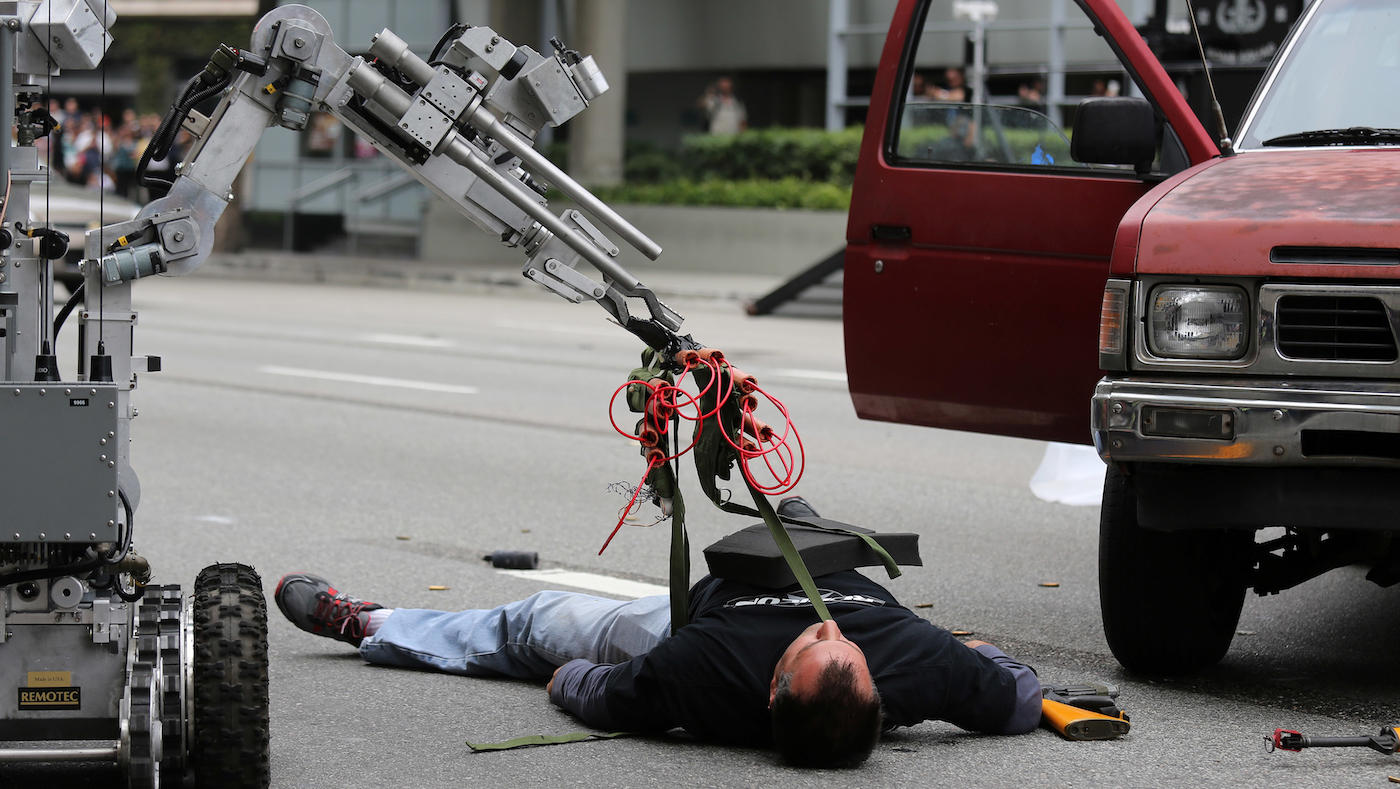
It might seem like the starting point of a dystopian sci-fi movie plot, but police in San Francisco have been granted permission to use lethal robots to kill people in emergency situations.
City politicians voted earlier this week to allow the San Francisco Police Department (SFPD) to deploy robots in “extraordinary circumstances” and in a “virtually unimaginable emergency”, said Aaron Peskin, dean of the city’s Board of Supervisors.
The board voted 8-3 in favour of allowing police to use the remote-controlled robots after “an emotionally charged two-hour debate”, said Al Jazeera. The majority vote was despite “strong objections from civil liberties and other police oversight groups”. Critics argued it could “allow police to kill people too easily”, said the San Francisco Chronicle.
The Week
Escape your echo chamber. Get the facts behind the news, plus analysis from multiple perspectives.

Sign up for The Week's Free Newsletters
From our morning news briefing to a weekly Good News Newsletter, get the best of The Week delivered directly to your inbox.
From our morning news briefing to a weekly Good News Newsletter, get the best of The Week delivered directly to your inbox.
A decision by the board was required by a 2021 law that specified that “law enforcement agencies get approval from their governing bodies” for the use of certain weapons. The board has the power to “accept or reject how the equipment is used”, wrote the Chronicle.
The SFPD said it would use the robots to kill suspects as “an extra tool to save the lives of officers and save the lives of people”. SFPD assistant chief David Lazar cited October 2017’s mass shooting at a Las Vegas music festival, in which 60 people were killed and hundreds injured, as an example of a scenario in which a robot could be used to neutralise a suspect.
What kind of robots are they using?
The SFPD currently has “12 functioning robots” that are all remote-controlled (rather than autonomous) and primarily used to “gain situational awareness and survey specific areas officers may not be able to reach”, according to NPR. Other key functions include helping “investigate and defuse potential bombs, or aid in hostage negotiations”.
There were “no plans to outfit robots with a gun”, the SFPD told the Chronicle, but some of the robots could be “equipped with explosive charges to breach structures containing violent suspects”. Some of the department’s robots are a model called Remotec F5A, the paper said, which can “climb stairs, lift over 85 pounds, overcome curbs, probe any hazmat situations, and self-right when they’re flipped over”.
A free daily email with the biggest news stories of the day – and the best features from TheWeek.com
Who else is using robots?
While remote-controlled bomb disposal robots are widely used, robot dogs have had a “resurgence in recent years, particularly among law enforcement agencies”, wrote Gizmodo. These dog-shaped robots, developed by Boston Dynamics, are “ideal surveillance tools for law enforcement in search of roaming sentries” and are used to inspect dangerous areas before people enter.
“Police forces spanning at least three continents” are using dog robots, according to Gizmodo, including previously the New York Police Department (NYPD), Dutch police and authorities in Singapore.
The NYPD was forced to “cut its $94,000 contract with Boston Dynamics short” after its highly publicised use of the robot dog was “poorly received”. Shortly after, the New York City Council introduced a bill that “would prohibit police from arming robots used in their law enforcement operations”, said Human Rights Watch.
Have robots been used to kill suspects?
Police in Dallas in 2016 used a robot to kill a suspect for the “first time in history”, said The Guardian. On that occasion, police equipped a bomb disposal robot “with an explosive device on its manipulator arm to kill a suspect”. The suspect was a sniper who had already killed five police officers and injured seven others.
The adaptation of the robot to become lethal was the “kind of repurposing [that] has until now been limited to the military”.
What are the problems?
In San Francisco, some of those on the board “remained deeply skeptical that police need the extraordinary ability to kill someone with a robot”, wrote the San Francisco Chronicle.
One of the city’s officials, Dean Preston, argued that there was “serious potential for misuse and abuse of this military-grade technology, and zero showing of necessity”.
More widely, “the idea of robots being legally allowed to kill has garnered some controversy”, said NPR, pointing to an open letter signed by leading robotics companies that said that the “general purpose robots should not be weaponized”.
Ryan Calo, a professor at the University of Washington who studies robotics, added that if a robot used by police accidentally kills a suspect it can be extremely problematic, telling NPR it would be “difficult to disentangle who is responsible”. He added that while robots can be attractive to use for police forces, because it limits “putting themselves in harm’s way”, it also “feels so deeply dehumanising and militaristic”.
Richard Windsor is a freelance writer for The Week Digital. He began his journalism career writing about politics and sport while studying at the University of Southampton. He then worked across various football publications before specialising in cycling for almost nine years, covering major races including the Tour de France and interviewing some of the sport’s top riders. He led Cycling Weekly’s digital platforms as editor for seven of those years, helping to transform the publication into the UK’s largest cycling website. He now works as a freelance writer, editor and consultant.
-
 7 bars with comforting cocktails and great hospitality
7 bars with comforting cocktails and great hospitalitythe week recommends Winter is a fine time for going out and drinking up
-
 7 recipes that meet you wherever you are during winter
7 recipes that meet you wherever you are during winterthe week recommends Low-key January and decadent holiday eating are all accounted for
-
 Nine best TV shows of the year
Nine best TV shows of the yearThe Week Recommends From Adolescence to Amandaland
-
 The robot revolution
The robot revolutionFeature Advances in tech and AI are producing android machine workers. What will that mean for humans?
-
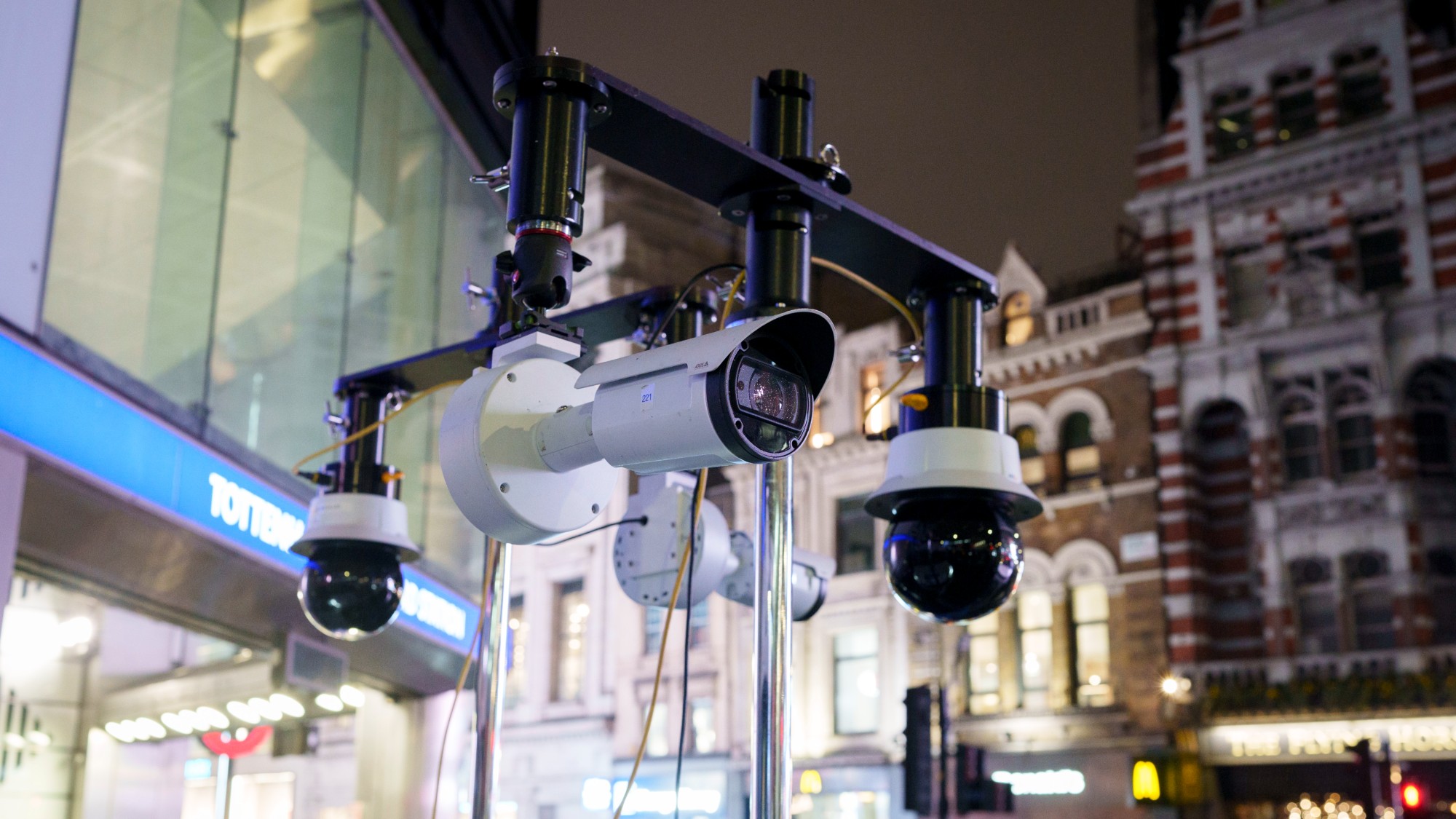 Facial recognition: a revolution in policing
Facial recognition: a revolution in policingTalking Point All 43 police forces in England and Wales are set to be granted access, with those against calling for increasing safeguards on the technology
-
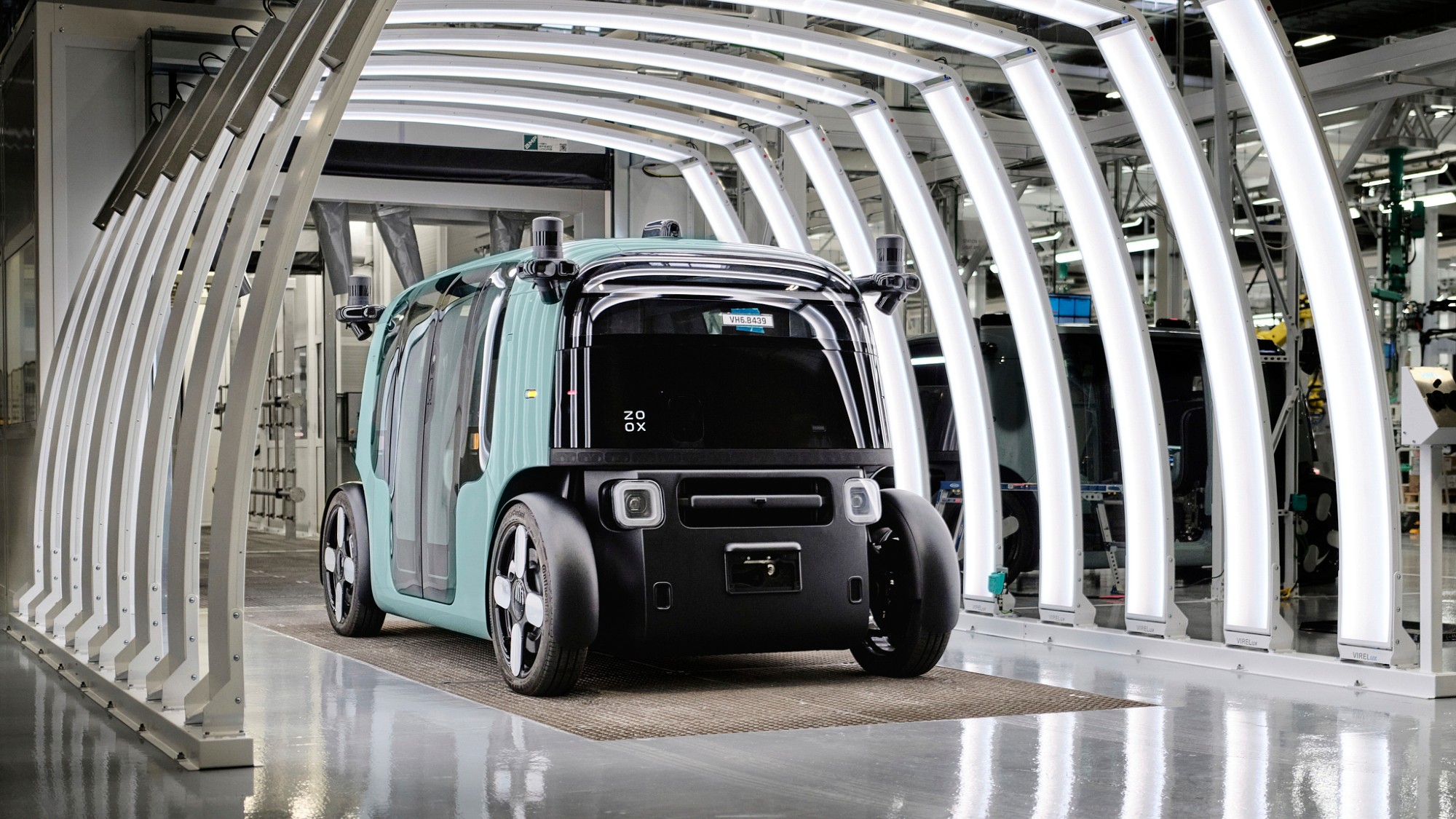 Amazon's robotaxi looks to be Waymo's biggest competitor
Amazon's robotaxi looks to be Waymo's biggest competitorIn the Spotlight The company recently opened a new robotaxi production plant in California
-
 Secret AI experiment on Reddit accused of ethical violations
Secret AI experiment on Reddit accused of ethical violationsIn the Spotlight Critics say the researchers flouted experimental ethics
-
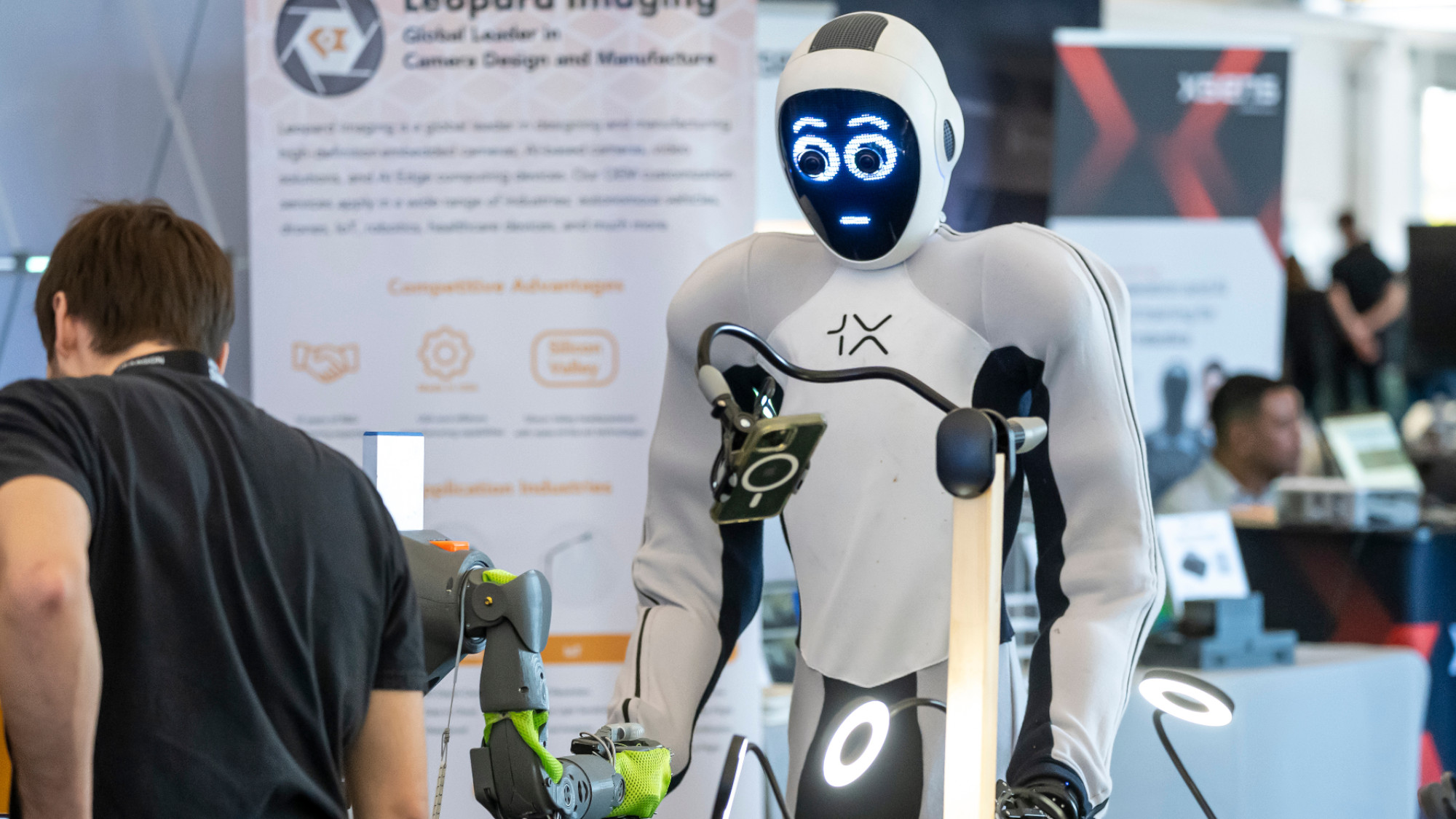 Space-age living: The race for robot servants
Space-age living: The race for robot servantsFeature Meta and Apple compete to bring humanoid robots to market
-
 Is the world ready for Tesla's new domestic robots?
Is the world ready for Tesla's new domestic robots?Talking Points The debut of Elon Musk's long-promised "Optimus" at a Tesla event last week has renewed debate over the role — and feasibility — of commercial automatons
-
 Why are facial recognition technology rules changing in Detroit?
Why are facial recognition technology rules changing in Detroit?Today's Big Question A wrongful arrest leads to a big settlement
-
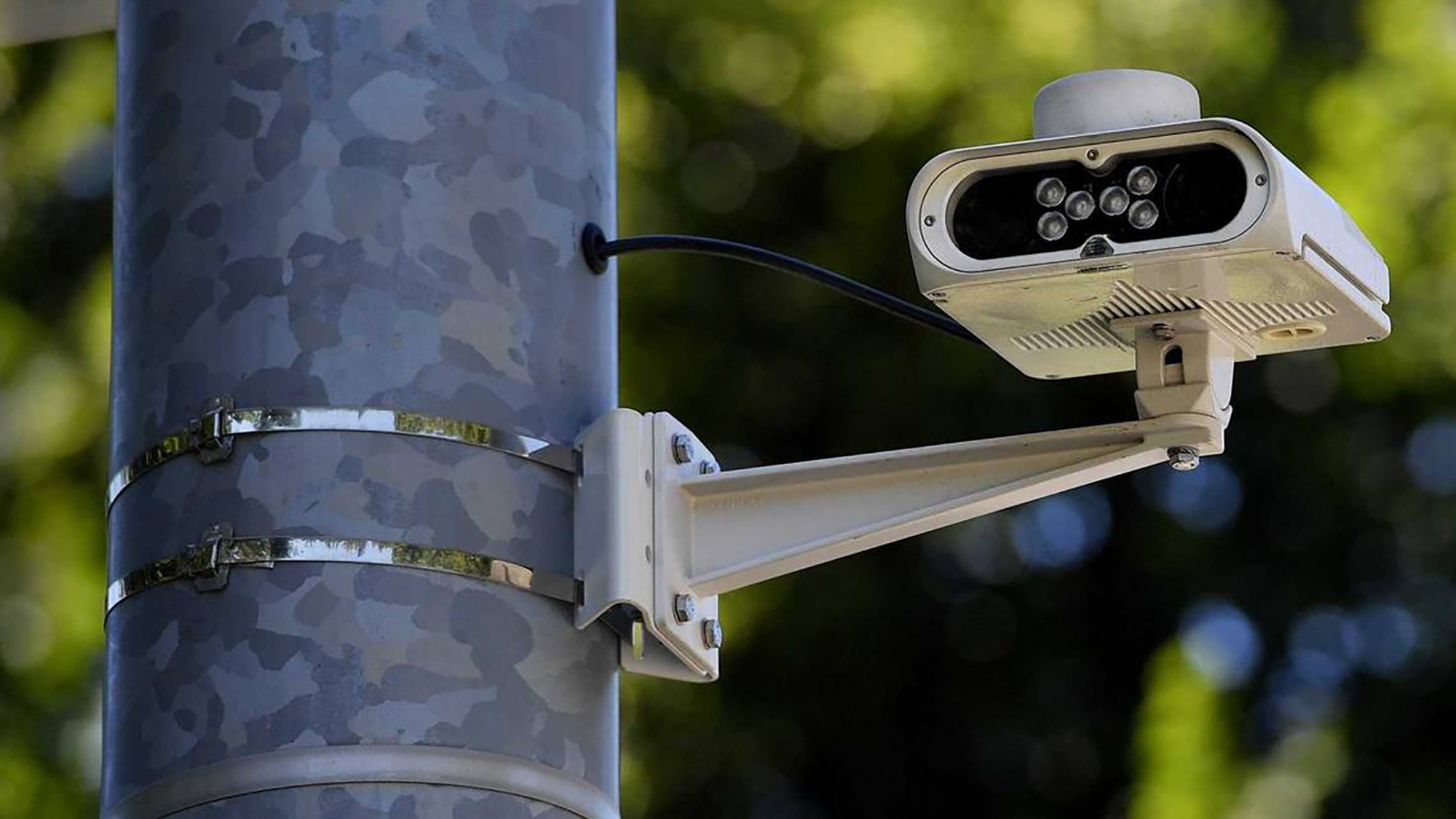 The pros and cons of license-plate reader technology
The pros and cons of license-plate reader technologyPros and Cons The technology's use recently led to the arrest of a three-time homicide suspect in Los Angeles